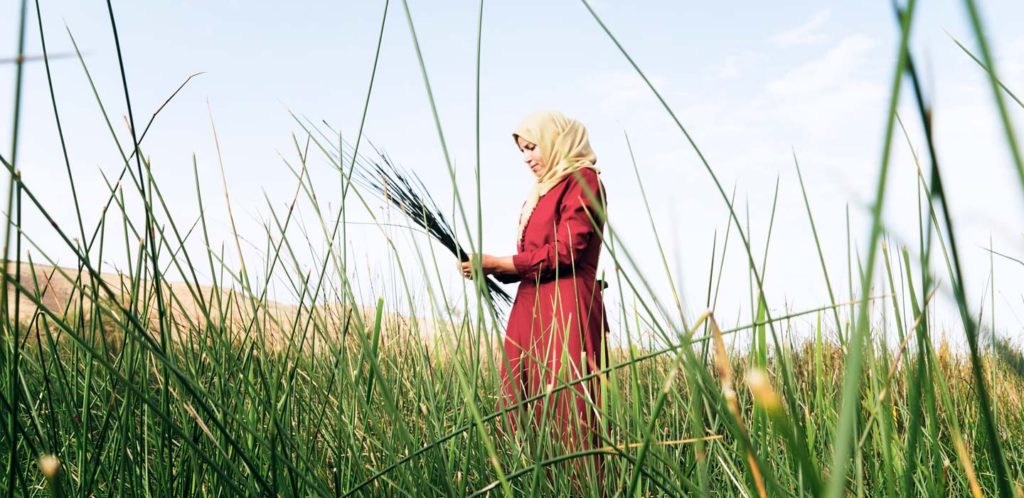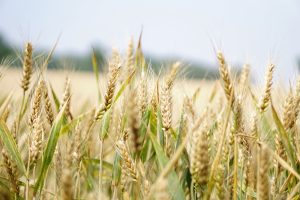Three challenges for the global economy
There are many reasons to be hopeful about the global economy in 2018. Global economic growth rates were at 3.8 per cent in 2017 and are forecast to rise further this year, development financing flows have increased, and progress was made across all action areas of the Addis Abba Action Agenda. This economic growth has been driven in large part by emerging economies and developing countries, providing much needed momentum to help fight poverty and boost prosperity.
But, if it is sustainable and inclusive economic growth that we want to achieve, that leaves no one behind, there are many challenges that we need to overcome and opportunities to seize.
How can we crowd in the private sector?
While financial development flows are increasing, they are not nearly enough and are not yet reaching the world's poorest. Official Development Assistance to world's Least Developed Countries declined in 2017 and yet it is these countries that need it most to compliment scarce public resources. To close the global Sustainable Development Goal investment gap of about US$2.5 trillion annually, we need the private sector to invest in large-scale, visionary programmes and encourage them to work with governments and development institutions. In rural areas alone, current estimates suggest the agricultural and non-agricultural financing needs of the roughly 270 million smallholder farmers in Latin America, sub-Saharan Africa, and South and Southeast Asia are estimated to exceed US$200 billion.
To date, IFAD has contributed US$19.7 billion in loans and grants, and mobilized an additional US$27.1 billion in co-financing and domestic sources. In 2017, around half of these funds went to Africa and over a third were designated for countries with fragile situations, but there is much further to go. To meet the increasing demand, IFAD is planning a number of initiatives. One is the Agri-Business Capital Fund (ABC) – an impact investment fund for smallholder farmers and rural small and medium-sized enterprises. This will enable partners to direct financing toward priority target groups, including rural youth, and will include a Technical Assistance Facility to help them build skills and succeed as entrepreneurs.
Which technologies will build equitable societies?
New technologies are accelerating the pace of change of communities at an unprecedented rate. They have the potential to lift millions out of poverty and to transform the world of work for the better, but only if we all benefit. Not everyone will have easy access to new technologies, and women and the rural poor will be among those who will find it particularly challenging. The interconnected nature of the age means that if people are ignored in the race to get ahead, we all lose out through the effects of income inequality.
We can capture the positive effects of this revolution by prioritizing investment in technologies that bring net positive outcomes and developing policies that support equitable access. Looking for opportunities to feed the dynamism of rising youth populations will help to maximize their potential to transform technologies into productivity. This is particularly true in rural areas where agriculture and food systems have been slow to respond to technological change, but there are transformative economic, environmental and health benefits if we get it right.
How do we stay focused on long-term growth?
It is not enough to simply find sources of money and innovate new technologies, we need to create an enabling environment that builds the stability needed for growth. Building strong institutions, enabling young populations, creating policies that attract investment and address inequality will all feed an upward cycle of growth. It also means being wary of populism and resisting the temptations of protectionism to focus on policies for long-term growth. The spread of the internet increasingly enables us to see how other people live, and if these political dimensions are left unaddressed, it is likely to increase and exacerbate countries’ experiences of fragile and conflict situations. Ultimately, this could undermine all efforts to help people escape poverty.
IFAD is working to support rural transformation by expanding smallholders access to markets, improving the resilience of rural livelihoods, and enabling rural people to adapt to climate change. IFAD seeks opportunities to create opportunities for rural youth in rural farm and non-farm activities and empowering local women. In Mali, 47 per cent of the population is under the age of 15. Many young people turn to the gold mines or nearby towns to search for work. An IFAD-supported project is developing a new generation of entrepreneurs by targeting 100,000 rural youth – half of whom are women and girls. To receive funding and training, young people must first reflect on what they want to do and design their own project. They are given financial and business training as well as options. Funding is channeled through financial institutions using new financial products adapted to young clients that strengthen their savings and investment capacities.
IFAD isn't operating in a vacuum, and so we are changing how we do business to become more dynamic and responsive to global and local conditions. In line with wider UN reforms, IFAD is preparing to meet new the challenges of the global economy to improve smallholder resilience by increasing our programme of loans and grants and scaling-up impact.




